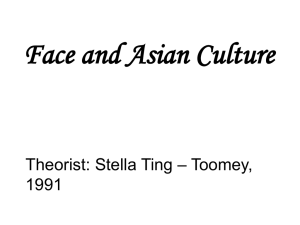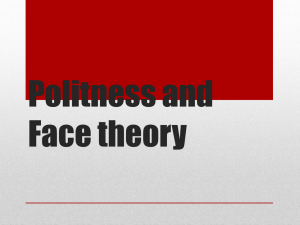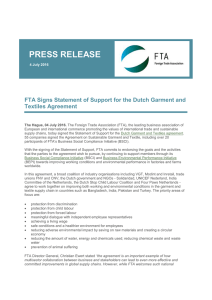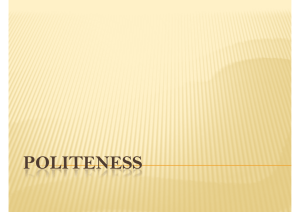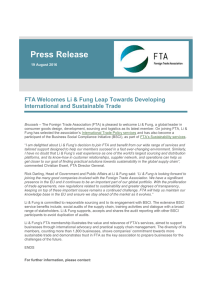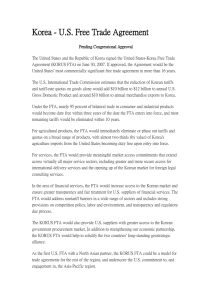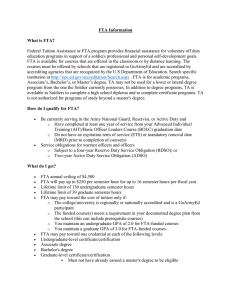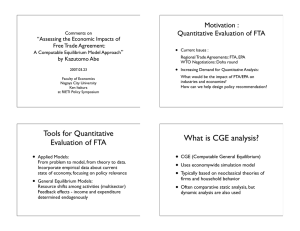Abstract Reflection on FTA ‘Face Threatening Acts’: Siti Mahripah
advertisement
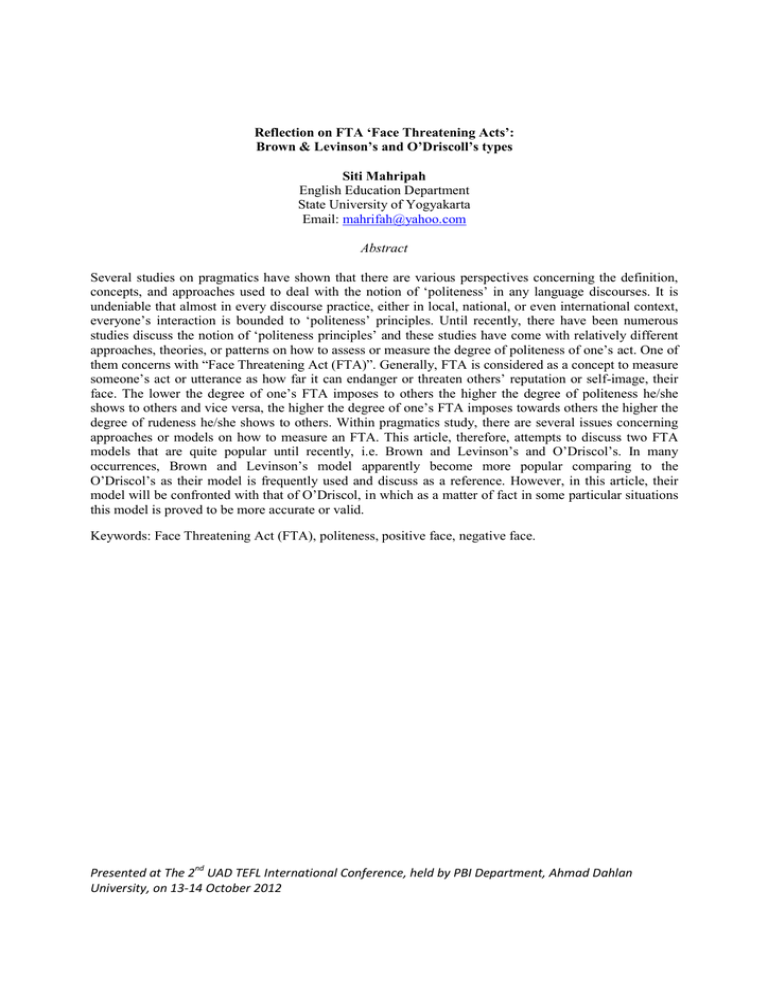
Reflection on FTA ‘Face Threatening Acts’: Brown & Levinson’s and O’Driscoll’s types Siti Mahripah English Education Department State University of Yogyakarta Email: mahrifah@yahoo.com Abstract Several studies on pragmatics have shown that there are various perspectives concerning the definition, concepts, and approaches used to deal with the notion of ‘politeness’ in any language discourses. It is undeniable that almost in every discourse practice, either in local, national, or even international context, everyone’s interaction is bounded to ‘politeness’ principles. Until recently, there have been numerous studies discuss the notion of ‘politeness principles’ and these studies have come with relatively different approaches, theories, or patterns on how to assess or measure the degree of politeness of one’s act. One of them concerns with “Face Threatening Act (FTA)”. Generally, FTA is considered as a concept to measure someone’s act or utterance as how far it can endanger or threaten others’ reputation or self-image, their face. The lower the degree of one’s FTA imposes to others the higher the degree of politeness he/she shows to others and vice versa, the higher the degree of one’s FTA imposes towards others the higher the degree of rudeness he/she shows to others. Within pragmatics study, there are several issues concerning approaches or models on how to measure an FTA. This article, therefore, attempts to discuss two FTA models that are quite popular until recently, i.e. Brown and Levinson’s and O’Driscol’s. In many occurrences, Brown and Levinson’s model apparently become more popular comparing to the O’Driscol’s as their model is frequently used and discuss as a reference. However, in this article, their model will be confronted with that of O’Driscol, in which as a matter of fact in some particular situations this model is proved to be more accurate or valid. Keywords: Face Threatening Act (FTA), politeness, positive face, negative face. Presented at The 2nd UAD TEFL International Conference, held by PBI Department, Ahmad Dahlan University, on 13-14 October 2012

